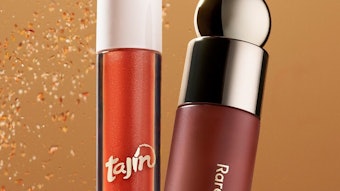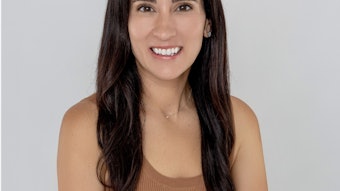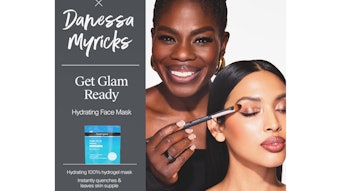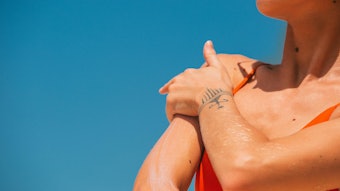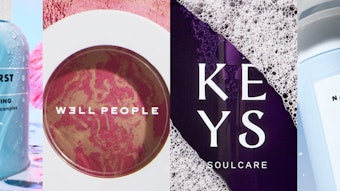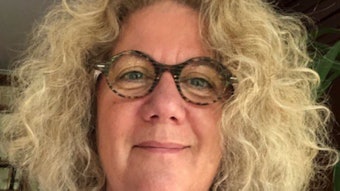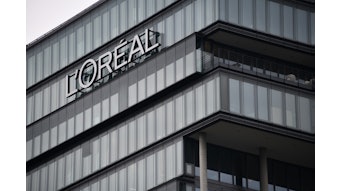- Affordability of color cosmetics was the dominant consideration across all consumer age groups.
- Beyond the BRIC nations, some of the fastest-growing markets for color include Saudi Arabia, Thailand, Indonesia Turkey, Chile and Colombia
- In general, emerging market consumers are more interested in well-known and luxury brands.
- The U.S. is the world’s biggest nail polish market, with annual sales now in excess of $1 billion.
- Functionality and fashion are the key drivers of color cosmetics.
The color cosmetics category has a lot to answer for. It is the precursor of multi-tasking brands in the beauty industry, notably BB creams, and now everyone is at it. So much so that beauty conscious consumers—especially in Western markets—increasingly expect a single product to perform multiple functions, whether it’s a nail polish, a shampoo or a foundation. It has raised the bar on product innovation, but, more worryingly, it is squeezing the overall value of the market. Why buy two or three products, after all, when one will do just as nicely?
Skin care is one of the most visibly affected categories. Anti-aging, toning, moisturizing, sunscreen—these features and more are as common in color cosmetics as they are in skin care, and the cross-category competition is taking its toll. In Western Europe, the annual retail value growth of skin care (at fixed exchange rates) has struggled to get over 1% for the last five years. Color cosmetics have fared marginally better, but growth rates are far from spectacular. In the key North American market, the category’s retail value growth was approximately 2.5% in 2014—its slowest rate in four years.
Penny Pinching
Of course, the sluggishness of the market is not all down to multi-functionality. There are external economic pressures, too. But whereas fallout from the 2008 financial crisis in Western Europe and North America seemed to encourage a resurgence of DIY pampering and a mini-boom in cosmetics sales (2009–2012), the current trend is all about getting the best possible value for money. And, yes, multi-tasking brands play right into the trend with their promise of more bang-for-your-buck.
According to a new “Personal Appearances” consumer survey by Euromonitor International (based on interviews with 6,000 online consumers in 16 major markets), price is currently, by far, the most important factor when deciding which brands of color cosmetics to buy. Across the 16 markets, some 70% of respondents said price was a crucial factor in their decision-making process. Predictably, affordability ranked as a particularly high factor among consumers aged 15–29, but it was the dominant consideration across all age groups.
Emerging Aspiration
It’s not all bad news for color cosmetics. Consumers, globally, are spending a little over $1 billion a week on the category, and there are a number of markets showing enormous promise. Beyond the BRIC nations, some of the fastest-growing markets include Saudi Arabia, Thailand, Indonesia Turkey, Chile and Colombia, for example (based on the latest 2014 projections from Euromonitor International). And a common thread among them is a burgeoning appetite for prestige beauty products, most of which used to be out of reach (either financially or logistically).
Euromonitor International’s new global consumer survey on color cosmetics supports this data. It shows that women in emerging markets are significantly more likely than their developed markets counterparts to buy brands that wield quality or prestige credentials. In general, emerging market consumers are more interested, says the survey, in well-known and luxury brands.
These findings will not be surprising for industry insiders. But what is surprising, perhaps, is that aspiration continues to be a core driver of consumption trends in the emerging markets, despite the tightening of spending power. There is clear evidence in Latin America, for example, that the new middle class (especially in Brazil) is doing all it can to hold on to its favorite premium color cosmetic brands, even though spending power is dwindling. In practice, this means that consumers are trading down in more humdrum categories, where the aspiration factor is not so important.
The Fashion Incursion
Aspiration drivers are starting to become more relevant in the developed markets, too, fuelled by the growing participation of big-name fashion brands. The likes of Burberry, Marc Jacobs, Jason Wu and Tory Burch, to name but a few, are ramping up their exposure in makeup, attracted by the comparatively high margins and the value of the category as a magnet for new (typically younger and less affluent) consumers.
At the nail bar inside The Burberry Beauty Box in London, which opened in 2013, shoppers can try out different shades of nail polish using iPads. This type of digital innovation is proving a big hit (not least with tourists), and has helped turn beauty products into Burberry’s fastest-growing business division. Now that Burberry’s fashion shows are streamed live on the Internet, the opportunities to showcase makeup are more far reaching than ever before. And with hassle-free online click-and-buy options growing, consumers can instantly buy the makeup products they see models on the catwalk wearing.
A Nail Polish Surge
Makeup is relatively new to the portfolios of fashion labels, but it is arguably a better fit than fragrances, which have been part of the business for much longer. For many women, the shade of a lip gloss is as important as the cut of a hemline, after all. And, for consumers who lack the cash to buy expensive designer apparel, color cosmetics are an affordable way to get a taste of cachet brands.
Nail products, in particular, have become popular fashion accessories in their own right—a trend that’s clear in global sales data. Globally, nail polish was a key growth segment in 2013, with retail sales climbing 9% at fixed U.S. dollar prices (compared with lipstick’s 6% and mascara’s 5%). Nail polish appears to again be on course to outperform lipstick, according to Euromonitor International’s provisional 2014 data, and the U.S. is the world’s biggest nail polish market, with annual sales now in excess of $1 billion.
Functionality and fashion—these are two big drivers of color cosmetics as the industry embarks on the 2015 cycle. Brand owners need to be mindful of category cannibalization, though. The greater the functionality muscles that brands flex, the more consumers will grow to expect them as the norm. It is hard to see how multifunctionality will not put a brake on growth rates in affected categories, even as external market conditions improve. Niche brands also need to keep an eye on the fashion houses. Fashion brands are still quite low profile in terms of the overall value of the market, but they are growing fast. They also have oodles of creativity at the front line of selling. It all makes for an innovation-packed year ahead.
Rob Walker, senior fast-moving consumer goods analyst, Euromonitor International, can be contacted at [email protected].

